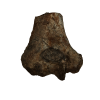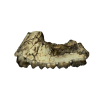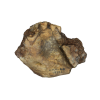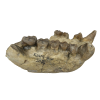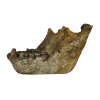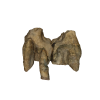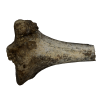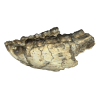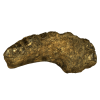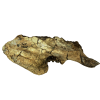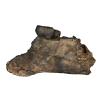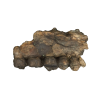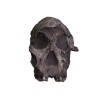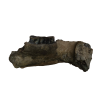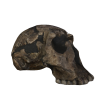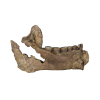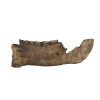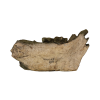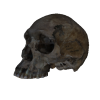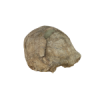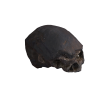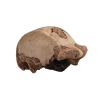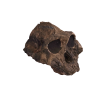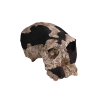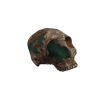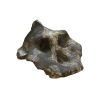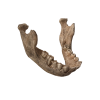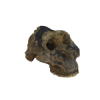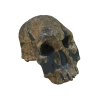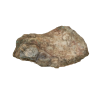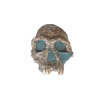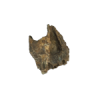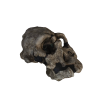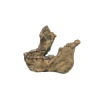Louis Leakey discovered the skull of OH 9 on the 2nd of December 1960, at Olduvai Gorge in Tanzania. He had been visiting some sites with a geologist when he noticed a small gulley with fossils eroding on the surface. On exploring this further the following morning, he noticed some pieces of what looked like turtle shell but on closer examination were clearly hominin. This cranium has been attributed to Homo erectus. It has very prominent brow ridges, was fully adult at the time of death, and has been estimated to have a cranial capacity of 1000 cc (cubic cm). It is likely that this represents a male individual. We now know there to be considerable variation in size in this species between the males and females. The species of Homo erectus is now very well understood due to the numerous specimens that have been recovered from diverse localities. It is the first human ancestor to have left Africa at about 1.8 million years.
|
Homo erectus
OH 9 Age approx. 1.70 Million Years
Digital Capture: Photogrammetry 0 Comments Other Fossils to View |



